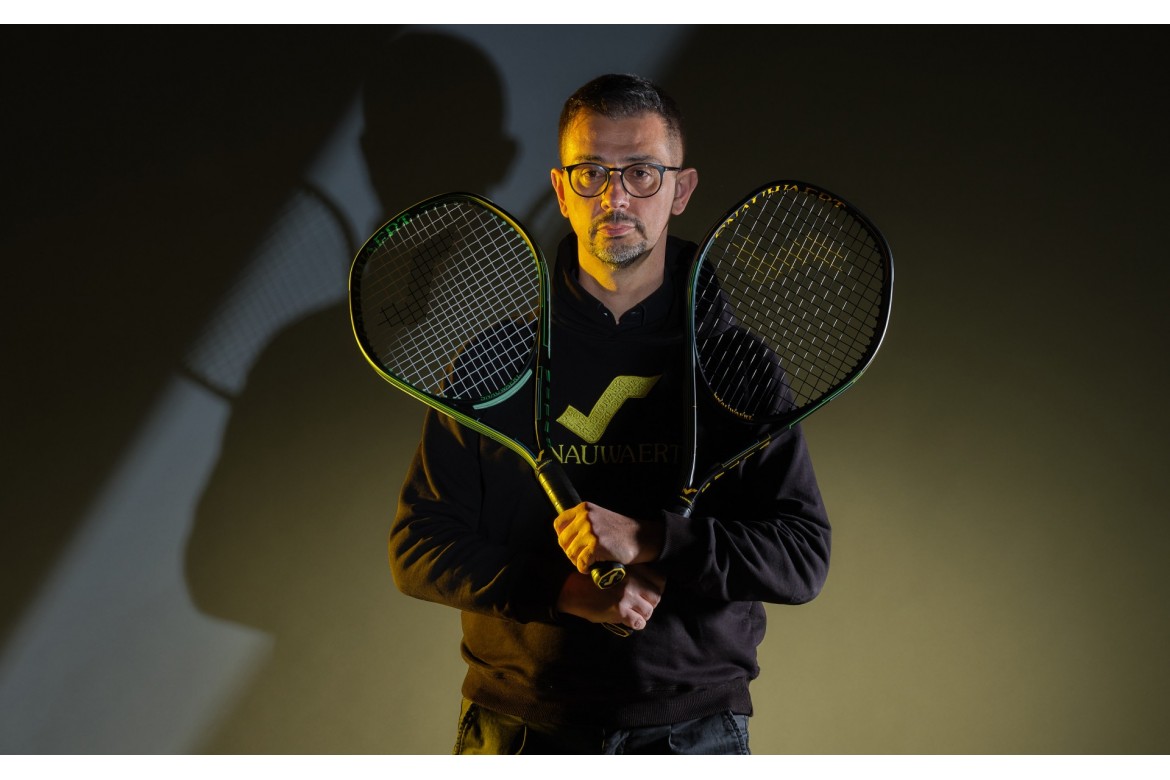A behind-the-scenes look at the design and development of a new tennis racket - Part 2
1. Where does the motivation to create new racket designs come from?
I can only provide our motivation at Snauwaert, I think it is shared by many but not all. A new racket model is created to provide an answer to specific needs of one or more categories of players that we had not yet met, either fully or partially.
2. How important is it to innovate and how important is the feedback from your customers on the models already on the market?
We need to better define what is meant by innovation: it means finding new answers to existing questions or latent needs. For example, changing the color of a racket is not an innovation.
In order to innovate, it is essential to be able to listen to customer feedback. First of all, you have to understand what to improve in current products. You must also be able to interpret feedback and anticipate trends and changes in the game. This allows you to offer an answer before the question is even explicitly asked. Henry Ford invented the Model T in this way, otherwise he might have merely modified the leaf springs on horse-drawn wagons to increase their comfort.
3. Innovation: how much on average is technical design and how much is material improvement?
Everything must be put into context. Major innovations in tennis rackets can be divided into two categories: materials and geometry. The move from wood to metal (steel and aluminium) and then to carbon fiber-based composite defined the transition from the classic game to the modern tennis, going along with the athletic evolution of the players. Other important steps occurred with the evolution of racquet geometry. Think of the first oversize, longbody and profiled racquets, just to mention a few. Today, three-dimensional design allows for the development of complex and efficient geometries for both frame shape and frame sections. Today, the innovations that translate into quantifiable improvements are primarily geometric, at least until the next revolution in materials. So far, in Snauwaert, we have focused on design and therefore geometry, but I do not exclude that tomorrow we will propose innovations related to materials, but only if they bring obvious benefits.
4. What is the procedure to realize the prototype of a new model?
Once the 3D design of the new frame is finished and the mold is made, one or more layup options of the composite material are defined (type and orientation of the fibers, positioning in the frame) to achieve the objectives of technical specifications and playability. One or more variants are then made to compare in the lab and on the tennis court.
5. Which tests must a prototype pass to become a product? And consequently, how long does it take from prototype to product?
Each brand has its own standards, both in development and in production. The standards we have at Snauwaert are the most selective and, in fact, we spend more on development and production. Laboratory tests during development are static and dynamic and, again, vary from brand to brand. Static tests mainly check for resistance to static loads and there are minimum values to pass. Dynamic testing includes impacts (with players in mind who do not like to miss easy shots…) and fatigue cycles to simulate the use of the racquet over its expected life cycle. Depending on the complexity of the project, development time can range from six months to a year and a half.






